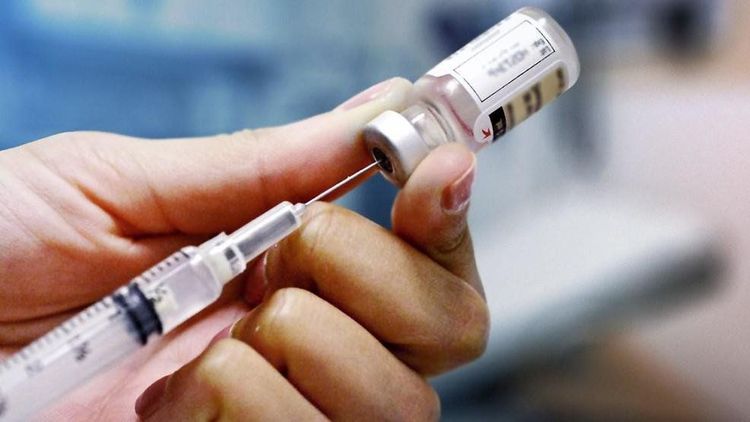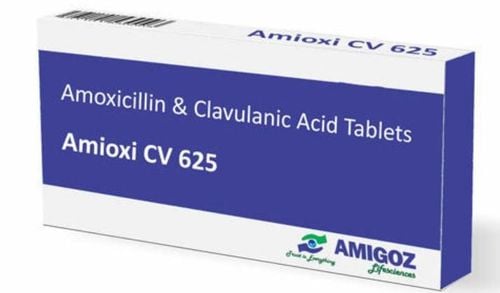This is an automatically translated article.
Prophylactic antibiotic use in women during cesarean section has been shown to be beneficial in reducing infection for high-risk (labor after rupture of membranes), or low-risk ( not in labor and still have amniotic membranes).
1. Efficacy of antibiotic prophylaxis in cesarean section
Prophylactic antibiotics have been shown to be beneficial for women with cesarean section. Administering a single dose of antibiotic before a skin incision is as effective as using multiple doses of antibiotics injected intraoperatively. The use of prophylactic antibiotics in obstetric and gynecological procedures reduces the risk of infection by more than 50% and helps save costs.
The goal of prophylactic antibiotic therapy is to achieve sufficient drug concentrations to exert an inhibitory effect on bacteria at the time of infection. On the other hand, the antibiotic of choice should be long-acting, low-cost, and limit the side effects from antibiotics. Antibiotics are indicated to assist in reducing the amount of infectious bacteria during surgery to a level that can be controlled by the patient's innate immune system.
For example, Ampicillin reaches concentrations sufficient to inhibit group B Streptococcus (GBS) in cord blood within 5 minutes of injection. Cefazolin injected within 30 minutes may reach the minimum concentration to inhibit GBS in the fetal blood.
2. Time to inject prophylactic antibiotics
Usually for cesarean section, antibiotics will be given at the time of cord clamping to limit the risk of unnecessary contact between the drug and the fetus. The results of many studies comparing the time of antibiotic injection before skin incision and after umbilical cord clamping showed that prophylactic antibiotics when given before surgery will significantly reduce the total number of infections and endocarditis. endometrium after birth, and at the same time does not affect the newborn.
Thus, based on the study data, the optimal time to use prophylactic antibiotics in cesarean section is before skin incision.

Thời điểm tiêm kháng sinh dự phòng là trước phẫu thuật
3. Choosing the right antibiotic
The most common type of infection after obstetric surgery is a lower genital tract infection, especially when the membranes have ruptured. The common bacteria in the infection after cesarean section are the causative agents of vaginitis, such as Ureaplasma spp., Mycoplasma spp., anaerobic bacteria or Gardnerella vaginalis. When these bacteria are present in the amniotic fluid, there is a 3- to 8-fold increased risk of endometritis or a surgical site infection after a cesarean section. The cesarean section is very sensitive to bacteria on the skin and bacteria that cause vaginitis. The antibiotic regimen used should be effective against the above bacteria strains.
3.1. In case of emergency or elective cesarean section
Use a dose of Cefazolin 1g intravenously, before skin incision within 30 minutes.
Note:
If the pregnant woman is allergic to Penicillin or Cephalosporin: Replace with Clindamycin 600mg IV before skin incision. If blood loss during surgery is 1000ml or more: Need to inject additional 1g of Cefazolin immediately after surgery. For obese women (BMI ≥ 30 or weight ≥ 100 kg), the injection dose should be increased to 2 g of Cefazolin before skin incision.
3.2. Active cesarean section with culture of Methicillin-resistant Staphylococcus aureus (MRSA)
Using a combination of prophylactic antibiotics 1g Cefazolin and 1g Vancomycin, intravenous infusion 60 minutes before surgery.
Cesarean section often has a higher rate of infection (infection mainly at the incision and urinary tract) than vaginal delivery. The use of prophylactic antibiotics in cesarean section at adequate doses is beneficial in preventing the risk of infection.
Vinmec International General Hospital is a high-quality medical care address when it has a team of qualified and experienced doctors and pharmacists in all specialties. The system of modern machinery and equipment will directly support to bring the best treatment results to customers. Therefore, when you have any health problems, you can contact Vinmec for examination and appropriate indications.
Please dial HOTLINE for more information or register for an appointment HERE. Download MyVinmec app to make appointments faster and to manage your bookings easily.













